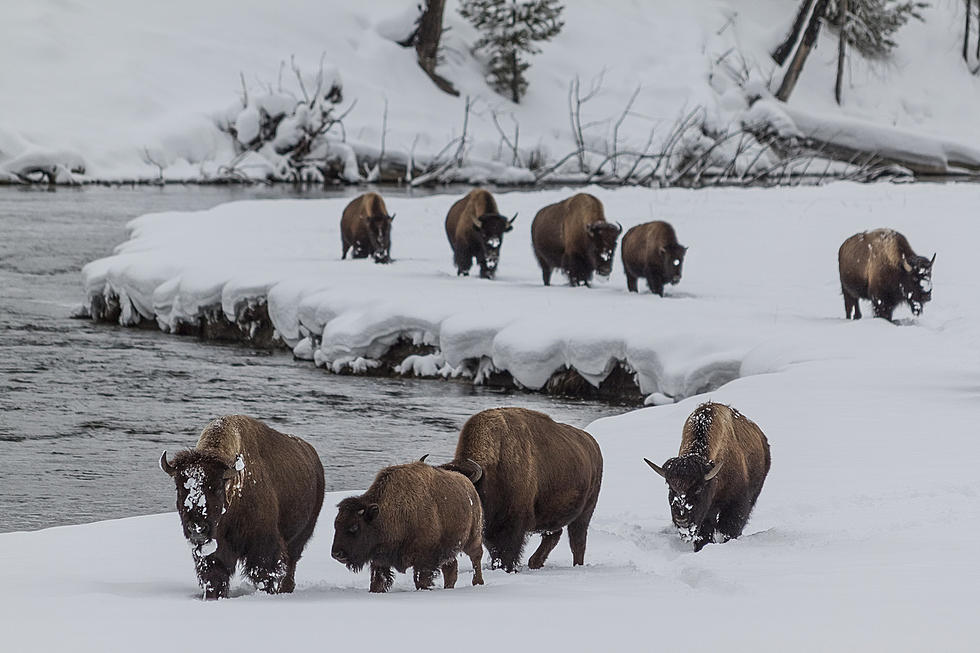
Important Things to Know About Yellowstone Park Winter Visits
While average snowfall is a little behind schedule, winter season in Yellowstone National Park has officially begun as of this past Friday.
Annually from mid-December until mid-March, visitors can travel most of the park's roads from the west, north, south and east entrances via approved commercially guided snowmobiles and snow coaches, along with the non-commercially guided Snowmobile Access Program. Typically, plowing crews get busy in mid-March with a goal of getting roads open to vehicles by mid-April.
Most of Montana is experiencing lower-than-average snowfall at this point, Yellowstone included. Currently, there is limited snowfall on roads in the eastern, western and northern parts of the park. While visitors will be able to travel in the park, the type of transportation used on park roads will depend on road conditions. There are frequent updates provided as conditions change.
We have included some of the top winter things Yellowstone officials want you to know.
MOST PARK ROADS ARE CLOSED TO AUTOMOBILES
The only roads open year-round are between the North Entrance in Gardiner, Montana, and the Northeast Entrance in Cooke City/Silver Gate, Montana. Always anticipate possible road closures due to quickly changing weather and dangerous driving conditions. The Park's Road Status Map is a helpful tool.
WANT TO SEE OLD FAITHFUL?
Park partners, concessionaires and authorized businesses offer a variety of guided tours throughout the park during the winter months.
SERVICES ARE LIMITED
Most services are closed during winter, but there are some visitor centers, stores, restaurants, lodges and warming huts that remain open. Check which services plan on operating during the winter season.
CAMPING AND LODGING
Old Faithful Snow Lodge and Mammoth Hot Springs Hotel are open during winter. With the added visitation the park is seeing year-round, making reservations as far in advance as possible is strongly encouraged. There are no campgrounds open for the 2023-2024 winter season.
DO NOT APPROACH OR FEED WILDLIFE
Some tourists get swept up in the excitement of nearby wildlife and common sense goes out the window. Animals have the right of way. Expect to encounter bison and other wildlife on park roads. Slow down or pull over until they pass or move off the road. Stay 100 yards from bears and wolves and 25 yards from all other wildlife. FUN FACT: In some areas, ravens have learned to unzip backpacks to get at the contents. Store food properly.
STAY ON BOARDWALKS
People have been severely injured or killed by breaking through thin ground in thermal basins or falling into hot springs. Exercise caution and wear traction aids over footwear when navigating snowy or icy boardwalks.
ENHANCE YOUR EXPERIENCE
Download the free National Park Service app before your visit.
Montana "Yellowstone" Food Products You Can Buy
Gallery Credit: KC
11 Montana Bumper Stickers You'll Want to Put on Your Car
Gallery Credit: Ashley
